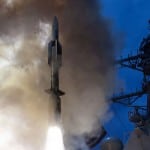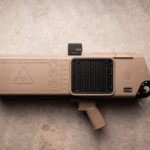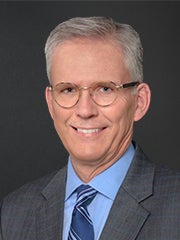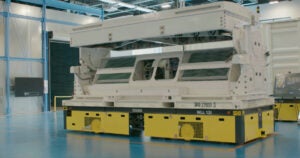
Furlough Fuel. A Democratic congressman offers two bills to stop the furloughs of civilian Pentagon employees, though there is no indication the legislation will gain any traction. One of the bills from Rep. John Barrow (D-Ga.) would exempt all civilian personnel in the Pentagon from the forced unpaid leave triggered by the sequestration budget cuts. It would require the savings that would be reaped by the furloughs come from other parts of the Pentagon budget. “I’m not waiting around while congressional…

 By
By 











